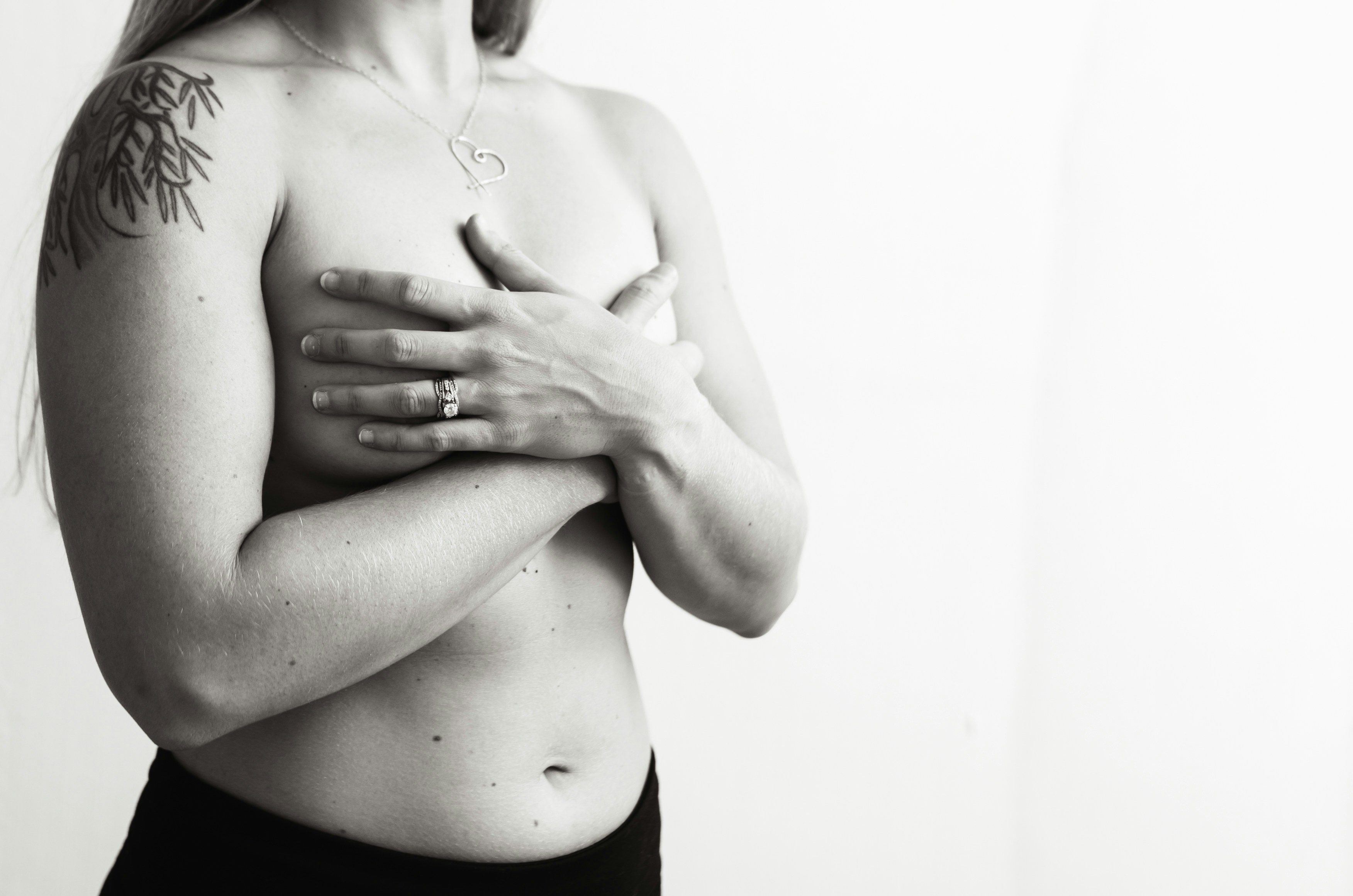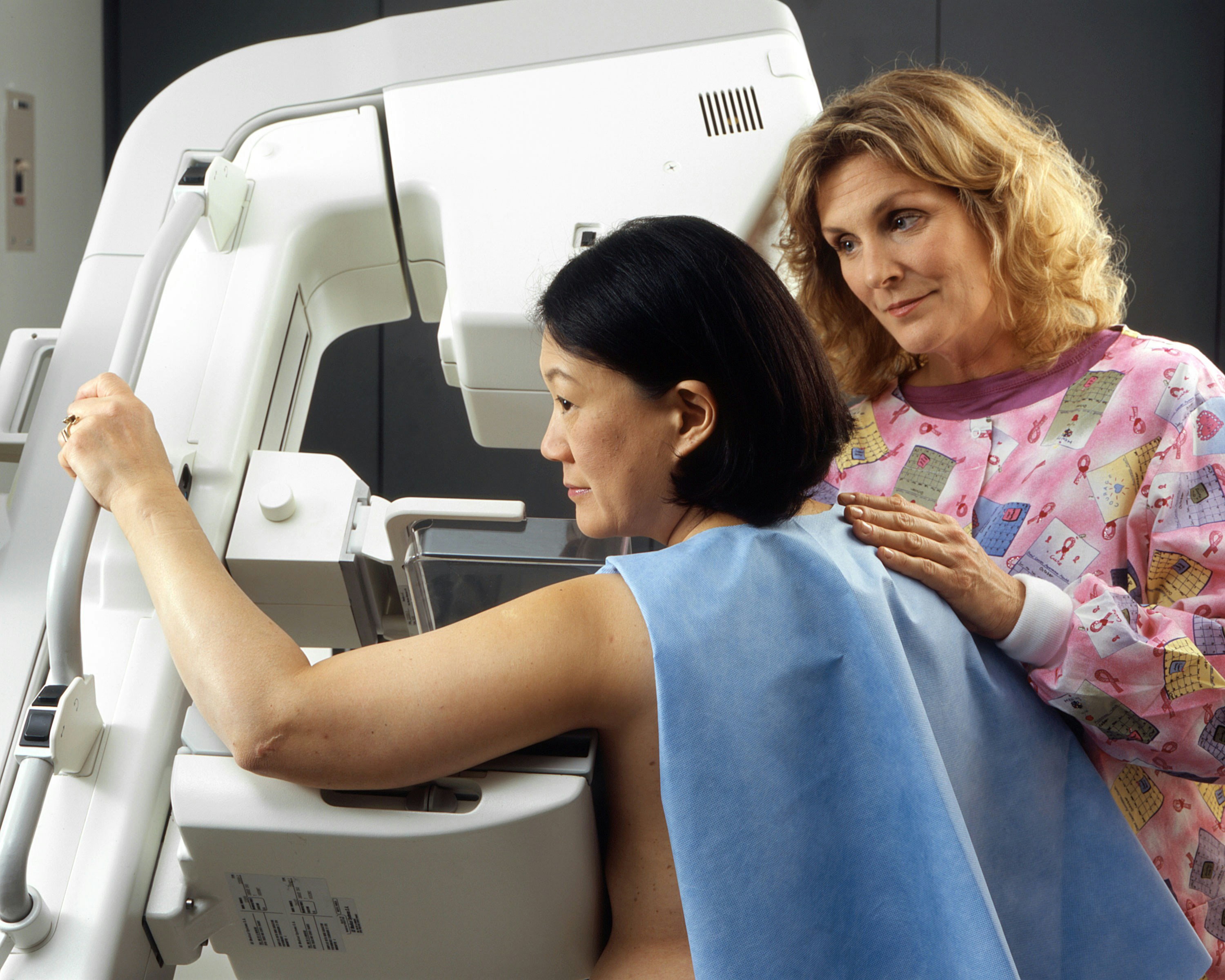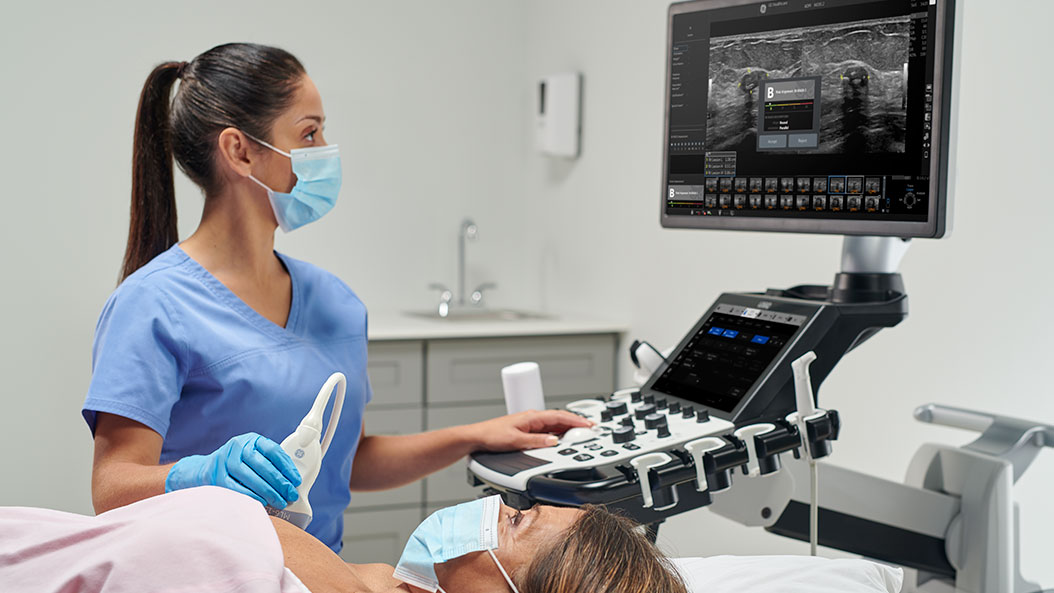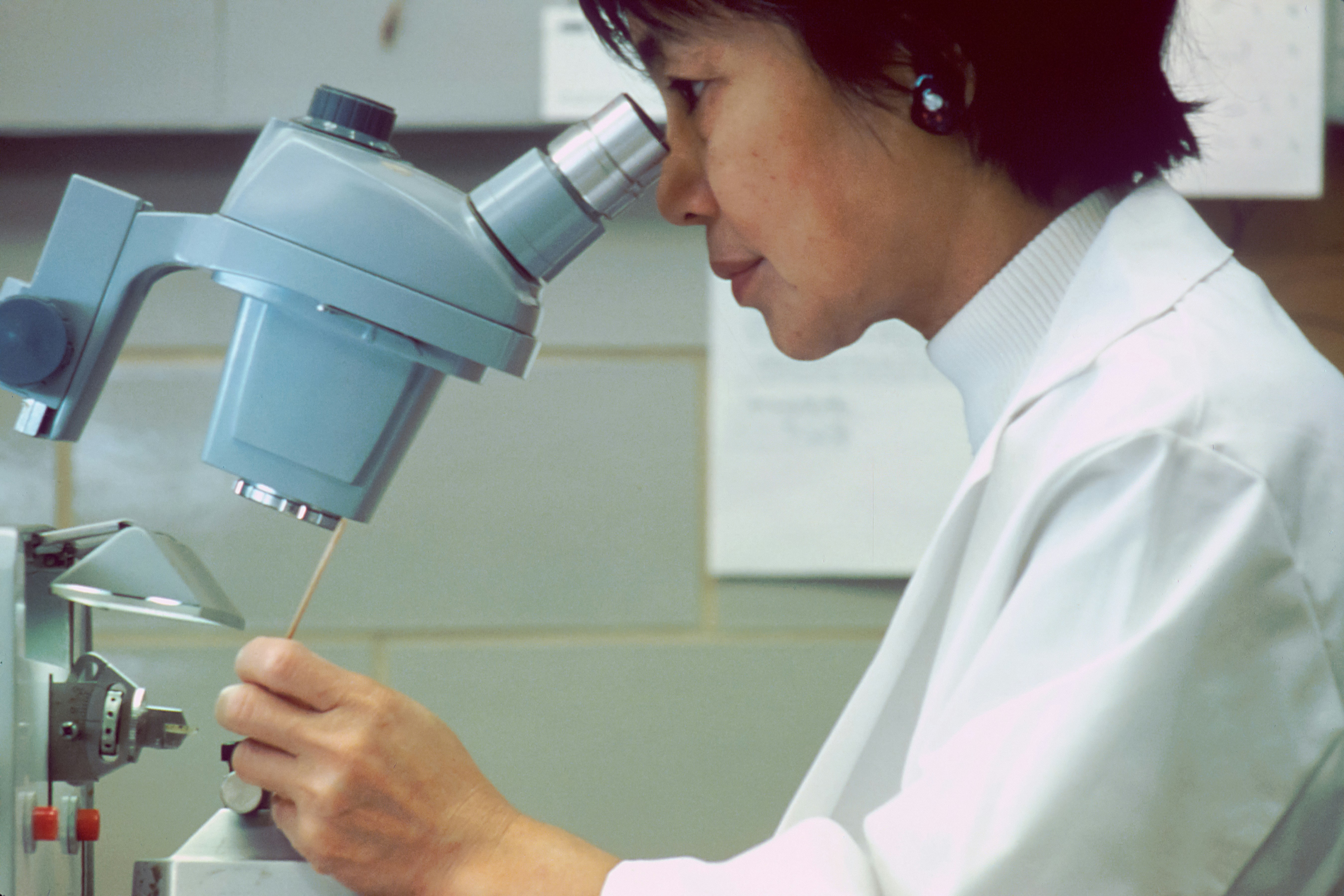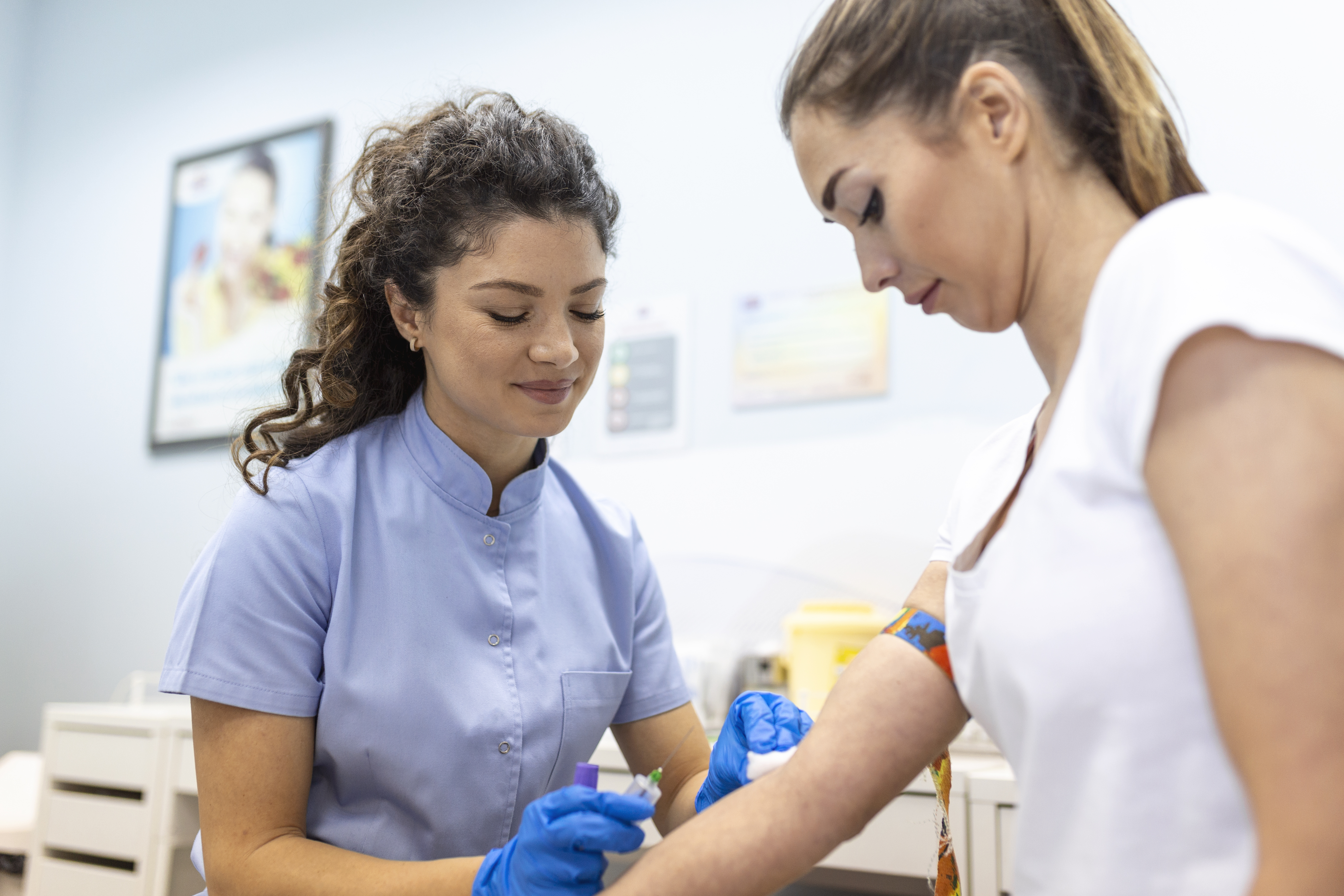6 Types Of Breast Cancer Screening Tests For Early Detection
Regular screening helps detect breast cancer early!
Breast cancer is the most common type of cancer among Malaysian women
It is said about one in 19 women in Malaysia are at risk of getting breast cancer.
Unfortunately, late detection is a prevalent issue in Malaysia, with over 40% of new breast cancer cases being diagnosed at advanced stages.
It is important to go for regular screenings to detect breast cancer early, when it is easier to treat.
The type of screening test you should opt for depends on your individual risk factors for breast cancer.
The methods of breast cancer screening include:
- Breast palpation - either by a doctor or oneself
- Breast imaging - such as mammography, ultrasound, and magnetic resonance imaging (MRI)
- Breast tissue sampling - also known as a biopsy
- Breast cancer genetic testing - for BRCA 1 and BRCA 2 gene mutations associated with breast cancer
1. Physical breast examination
The most basic breast cancer screening method is a clinical breast examination (CBE), where a trained healthcare provider palpates your entire breast, underarm, and collarbone area to check for any lumps and abnormalities.
An experienced professional will take note if a lump is soft or hard, movable or oddly-shaped, to determine if it is a benign tumour or cyst, or more likely to be cancer.
Aside from CBEs, breast self-examination is also crucial for early detection of breast cancer. Women of any age are recommended to look at and feel their breasts once a month, in case of any changes.
2. Mammography
Mammography, an X-ray of the breast, is the most commonly used screening test to detect changes in breast tissue early, especially if a lump cannot be felt or seen.
A mammogram is taken by pressing a patient's breasts between two metal plates of the X-ray machine. This may cause discomfort or pain for some.
Mammography is more accurate in measuring the size and spread of a lump compared to an ultrasound, but less accurate than an MRI machine.
Women are encouraged to get mammograms done yearly starting at the age of 40.
Mammograms cost between RM200 and RM400 in Malaysian private hospitals and clinics, or are free or heavily subsidised at government hospitals and National Population and Family Development Board (LPPKN) clinics.
3. Breast ultrasound
A breast ultrasound is usually done in combination with a mammogram. Ultrasounds use sound waves while mammograms use low-dose radiation to image the breasts.
A breast ultrasound can differentiate between cysts (fluid-filled lumps) and solid lumps that may or may not be cancerous.
As the machine is more widely available and the procedure is not painful, a breast ultrasound is often recommended for women under the age of 40 for breast cancer screening purposes.
4. Breast MRI
MRIs can detect smaller lesions compared to mammography, ultrasounds, and even both combined, due to its detailed imaging.
It can also help detect breast cancer in women with breast implants and in younger women who tend to have dense breast tissue, where mammography may not be as effective in these cases.
However, it is expensive and usually only available at larger healthcare facilities, and therefore, only recommended to high-risk patients or women with inconclusive findings on mammography and ultrasounds.
5. Biopsy
If your symptoms or the results of an imaging test suggest you might have breast cancer, you may need a breast biopsy.
During a biopsy, a very small sample of tissue from a suspicious area will be withdrawn and sent to the lab to be analysed for cancer cells under a microscope.
A biopsy is the only sure way to diagnose breast cancer. The report describes whether cancerous or precancerous cells are present, or if your lump is benign.
6. Breast cancer genetic testing
With just a simple blood test and DNA analysis, this screening test can identify if you have the BRCA1 or BRCA2 gene mutations, which are associated with the risk of developing breast cancer.
It is important to note that while you may have a positive blood test, it does not guarantee that you'll develop breast cancer — it only indicates a higher risk. Therefore, it is still an important tool, to encourage better prevention such as getting mammograms done more frequently and at an earlier age.
If you notice any changes in your breasts, no matter how small, it's essential to get it checked by a doctor
Most lumps aren't cancerous, but if they are, it's important to catch them early. Talk to your doctor about your individual risk of breast cancer and your need for screening tests.
The information provided is for educational and communication purposes only and it should not be construed as personal medical advice. Information published in this article is not intended to replace, supplant or augment a consultation with a healthcare professional regarding the reader’s own medical care.
Visit The Pink Ribbon to learn more about breast cancer, raise awareness, and provide support to those who need it most!
